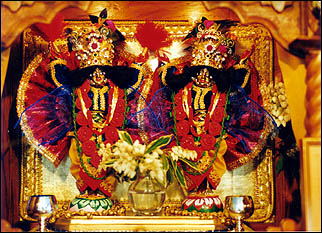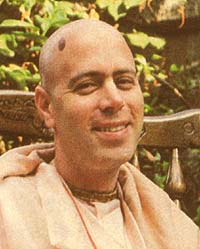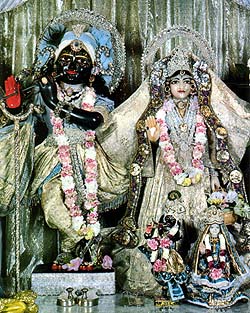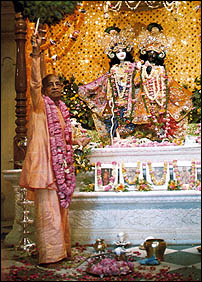Our address is 8805 Harrison Rd Sedro Woolley Wa. Hari Nama will be on Broadway Ave capitol hill in Seattle Friday March 29th at 5:00PM And the program will be March 31st sunday at 5:00PM
Dear Prabhus, friends etc Obeisances All glories to Srila Prabhupada
After reading the many posts of devotees, two, namely-Dinadayadri and Jayaradhe both came to the correct conclusion-namely we have to go back to the basics. And the basics are happily chanting Hare Krsna in the association of devotees, dancing and taking prasadam. For many, this simple activity, practically speaking,exists no more in their lives.
However there is good news–here at Sri Sri Gaura Nitai mandir (north of Seattle, Wa) we will be having our annual and usual ecstatic Gaura Purnima festival complete with new outfits for the Deities, Maha Hari Nama sankirtan in Seattle (March 29th), and the usual 108 preparations feast for the pleasure of their Lords Sri Gaura and Sri Nitaicandra.














